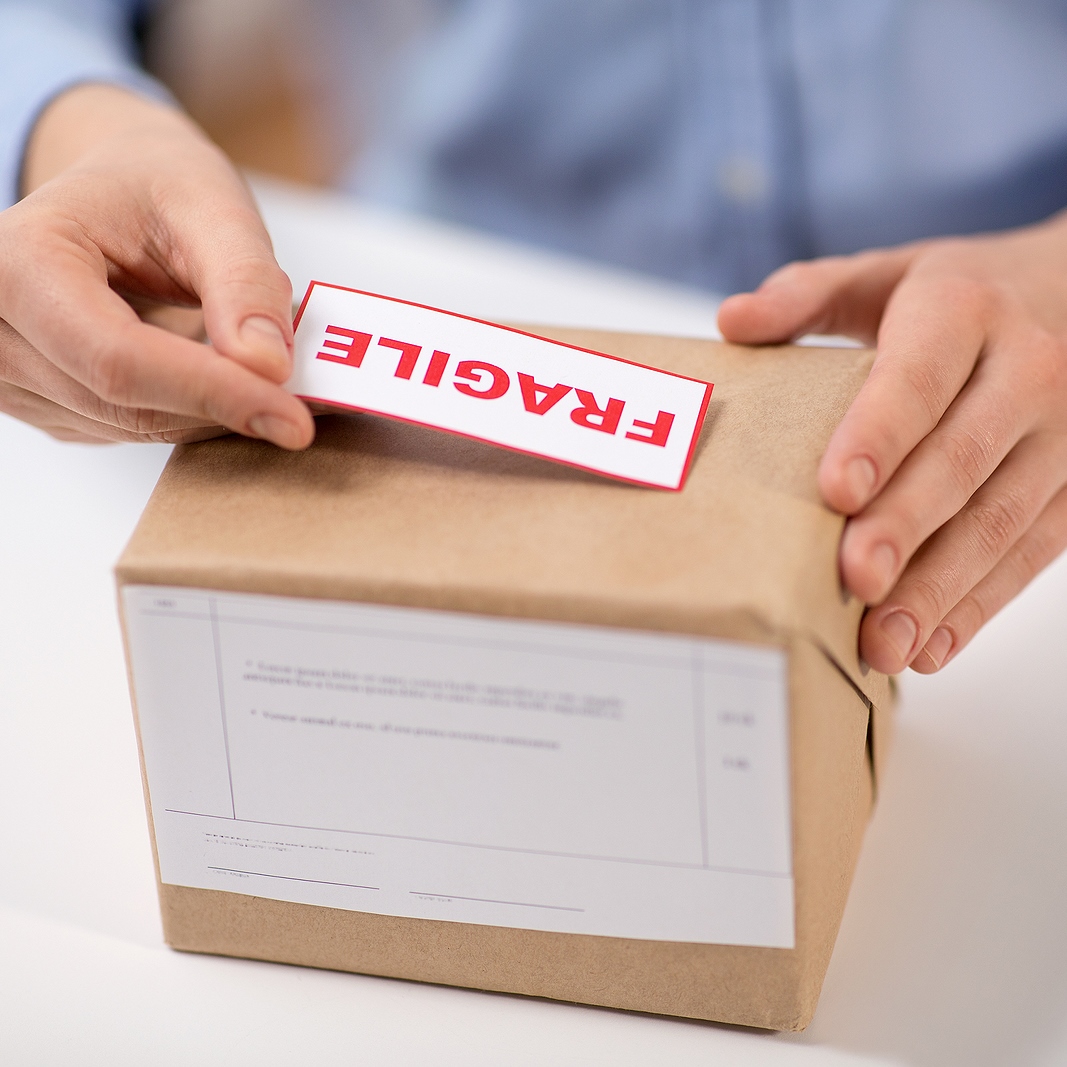Shipping artwork across international borders demands precision and caution. Art, in its various forms, often carries not just monetary value but emotional significance as well. Ensuring its safe journey and arrival is paramount. Below is a comprehensive guide on how to safely transport artwork on an international scale.
1. Documentation
When shipping artwork internationally, always start with thorough documentation. Different countries have distinct regulations concerning artwork imports, and being aware of these nuances can save a lot of time and hassle. For example, certain nations might have restrictions based on the age or type of art being imported, while others may necessitate special permits.
Every artwork shipment should be accompanied by a detailed inventory list or commercial invoice. This document should meticulously describe each item and its value and, ideally, have photographs to support it. An exhaustive list aids in case of disputes or complications during customs clearance.
In addition, for artworks of considerable value, obtaining an appraisal certificate is a wise move. This not only verifies the value of the artwork but also can be crucial for insurance and customs purposes.
2. Choosing the Right Shipping Service
The journey of an artwork is as crucial as its packing. Entrusting this task to a reputable shipping company that has a history of handling artwork is vital. While many shipping giants can promise delivery, specialized art shipping services or fine art movers like "UPakWeShip" are adept at handling the unique challenges that come with transporting art.
A bonus is selecting services that offer climate control, especially for artworks sensitive to temperature or humidity variations. Such premium services ensure that the artwork remains in a controlled environment, warding off potential environmental damages.
3. Packing
Effective packing is pivotal to safeguarding your artwork during its journey. Following a systematic approach ensures that every layer and component works toward preserving the piece's integrity. Here's a step-by-step guide to impeccable packing.
- Select the Right Wrapping Material: Begin by choosing non-reactive materials like acid-free tissue paper or glassine paper. These prevent any chemical interactions that might harm the art.
- Special Precautions for Glass: If your artwork is framed with glass, consider placing masking tape in a crisscross pattern on the glass surface. This holds shattered glass together in case of breakage, preventing damage to the art. Alternatively, use plexiglass as a more resilient replacement.
- Use Corner Protectors: Especially for framed pieces, corner protectors provide an added layer of safety against impacts.
- Bubble Wrap for Cushioning: Once the initial wrapping is done, encase the artwork in bubble wrap, offering a soft cushion against shocks and bumps.
- Choose the Right Container: Depending on the artwork's fragility, opt for a double-walled cardboard box or a custom wooden crate. The latter is preferred for extra delicate or valuable items.
- Fill the Voids: Inside the container, ensure the artwork doesn't move. Use packing peanuts, additional bubble wrap, or foam to fill empty spaces.
- Seal Securely: Finally, using durable packing tape, seal the package, ensuring a moisture-free, secure environment for the artwork.
A meticulous packing process is your artwork's first defense against the challenges of international shipping. When executed with precision, it greatly increases the chances of your artwork reaching its destination in pristine condition.
4. Insurance
Insurance is more than just a formality—it's a safety net. Given the unpredictability of shipping, having insurance for your artwork for its full appraised value provides peace of mind. It's crucial to understand the coverage specifics. Not all insurance policies cater to international shipments or cover art-specific damages. Familiarizing oneself with the terms and conditions, as well as the claims process, will make it easier to navigate any unfortunate situations that might arise.
5. Tracking and Communication
The digital age offers the luxury of real-time tracking, a feature that every art shipper should exploit. Monitoring the journey of the shipment not only provides reassurance but also allows for timely interventions should there be any route deviations or unexpected delays.
Meanwhile, maintaining open communication channels with the recipient is advantageous. As the artwork nears its destination, this can assist in swiftly addressing any challenges that might pop up, especially at customs.
6. Customs
Customs can be a daunting phase in the shipping process. Proper labeling and clear declaration as artwork can smooth this phase. A thorough understanding of the destination country's customs requirements can prevent unnecessary delays or rejections. Documentation should be readily accessible, and the recipient must be aware of any potential duties or taxes that the artwork might incur upon its arrival.
7. Delivery and Unpacking
Once the artwork reaches its destination, it's not just the end of its journey but the beginning of a new chapter. It's essential for the recipient to approach the unpacking process with the same diligence as the packing process.
A primary rule is inspecting the package before opening it. If there are visible signs of damage or tampering, it should be documented immediately, preferably with photographs. Such evidence is crucial for insurance claims. When it comes to the actual unpacking, using appropriate tools and being gentle will prevent accidental damage.
The Takeaway
Shipping artwork internationally is an intricate process that requires a blend of careful planning, meticulous execution, and informed decision-making. By prioritizing safety and being proactive at each stage, artworks can travel the globe and arrive unscathed, ready to inspire and captivate in their new home.
